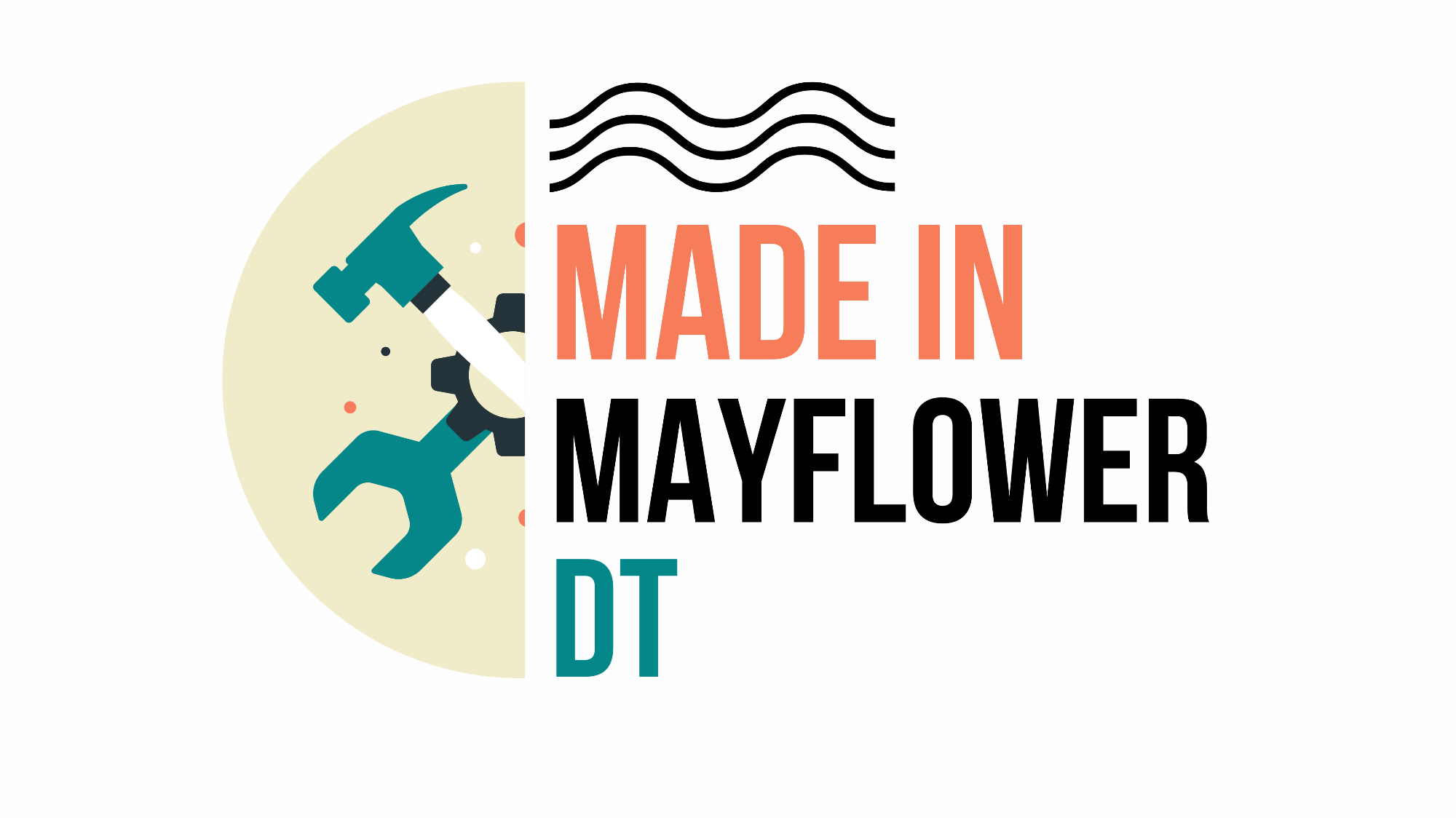Design and Technology
Click the logo to tune into daily updates
Curriculum Overview
LAT Narrative Over Time
Introduction
At the Learning Academies Trust, we have carefully crafted a design and technology curriculum in line with United Learning that engages, inspires and challenges pupils to learn and remember more.
Intent | What and why do we teach what we teach?
The United Curriculum for Design Technology provides all children, regardless of their background, with:
Entitlement: All pupils have the right to learn what is in the United Learning curriculum, and schools have a duty to ensure that all pupils are taught the whole of it.
Coherence: Taking the National Curriculum as its starting point, our curriculum is carefully sequenced so that powerful knowledge builds term by term and year by year. We make meaningful connections within subjects and between subjects.
Mastery: We ensure that foundational knowledge, skills and concepts are secure before moving on. Pupils revisit prior learning and apply their understanding in new contexts.
Adaptability: The core content – the ‘what’ – of the curriculum is stable, but schools will bring it to life in their own local context, and teachers will adapt lessons – the ‘how’ – to meet the needs of their own classes.
Representation: All pupils see themselves in our curriculum, and our curriculum takes all pupils beyond their immediate experience.
Education with Character: Our curriculum - which includes the taught subject timetable as well as spiritual, moral, social and cultural development, our co-curricular provision and the ethos and ‘hidden curriculum’ of the school – is intended to spark curiosity and to nourish both the head and the heart.
Implementation | How and when do we teach what we teach?
Across the LAT, DT is taught from EYFS to Year 6 through our LAT-wide curriculum. Our key concepts are: structures, mechanisms, programming and control, materials and D&T shaping the world. Within these concepts, pupils develop their knowledge of marking out, shaping, joining and finishing. Alongside this, the United Curriculum ensures that all pupils leave primary school with the ability to cook a selection of healthy dishes using a variety of techniques. Pupils are able to make choices based on values such as sources, seasonality and nutritional value.
Across our schools, a variety of tools, models and methods are used to scaffold pupils’ learning to enable pupils to remember more and deepen their understanding. This may include and are not limited to: live modelling, questioning, retrieval practice, knowledge organisers, graphic organisers and modified or specialist tools. It is essential that all pupils receive an ambitious and challenging design and technology curriculum from when pupils join us in EYFS to when they leave us in Year 6, ready for Key Stage Three.
In EYFS, D&T is taught through ‘Expressive Arts and Design’ aspect of the Early Years Statutory Framework. Pupils will: explore different materials, using all their senses to investigate them, manipulate and play with different materials. They will also make simple models which will express their ideas.
In Key Stage One, pupils investigate the concepts of mechanisms, structures, textiles and food. They will learn about food sources, nutrition and food safety, along with how to prepare and assemble simple dishes such as a fruit salad. They will use shaping, joining, marking out, shaping and finishing techniques alongside developing their disciplinary knowledge of design values and generating ideas. Finally, they will make, test and iterate to produce their final outcome.
Moving into Key Stage Two, pupils will build on the knowledge and skills they developed in Key Stage One. They will investigate the concepts of mechanisms (including linkages, pulleys and cams), structures, textiles, food and programming and control. They will continue to use shaping, joining, marking out, shaping and finishing techniques to produce their final outcomes. In Key Stage Two, pupils will begin to identify user needs and identify how Design and Technology has helped to shape the world.
Impact | How do we assess the impact of what we teach via pupil outcomes?
Design and Technology follows the LAT assessment framework that informs the schools about the impact of two main aspects of the Teaching and Learning process:
1. The depth of a pupil's knowledge, understanding and ability to make links in learning.
2. The ability for pupils to apply procedural knowledge to skill-based activities.
Within the context of Design and Technology, the following methods of assessment are used:
Recall knowledge: Pupils will demonstrate an ability to recall facts and information, whilst demonstrating their ability to recall and model the techniques taught. This assessment of pupils’ knowledge in these areas will be used to inform future lessons, the need for additional practice, pre-teach and interventions.
Explore and Question: Using knowledge organisers and tiered vocabulary, pupils will be challenged to demonstrate an ability to use their knowledge by being asked rich, varied questions relating to the subject matter. Pupils will be able to use a rich vocabulary to communicate their own thoughts and interpretations of questions relating to the subject. Pupils will demonstrate their understanding of the taught skills, techniques and knowledge to explore their own ideas within Design and Technology, selecting and exploring the techniques they have developed so far.
Communicate: For each Design and Technology project, pupils will produce a final outcome using their acquired knowledge, skills and understanding. In food units, pupils will be able to taste their final products and/or share with others.
DT Portfolio

